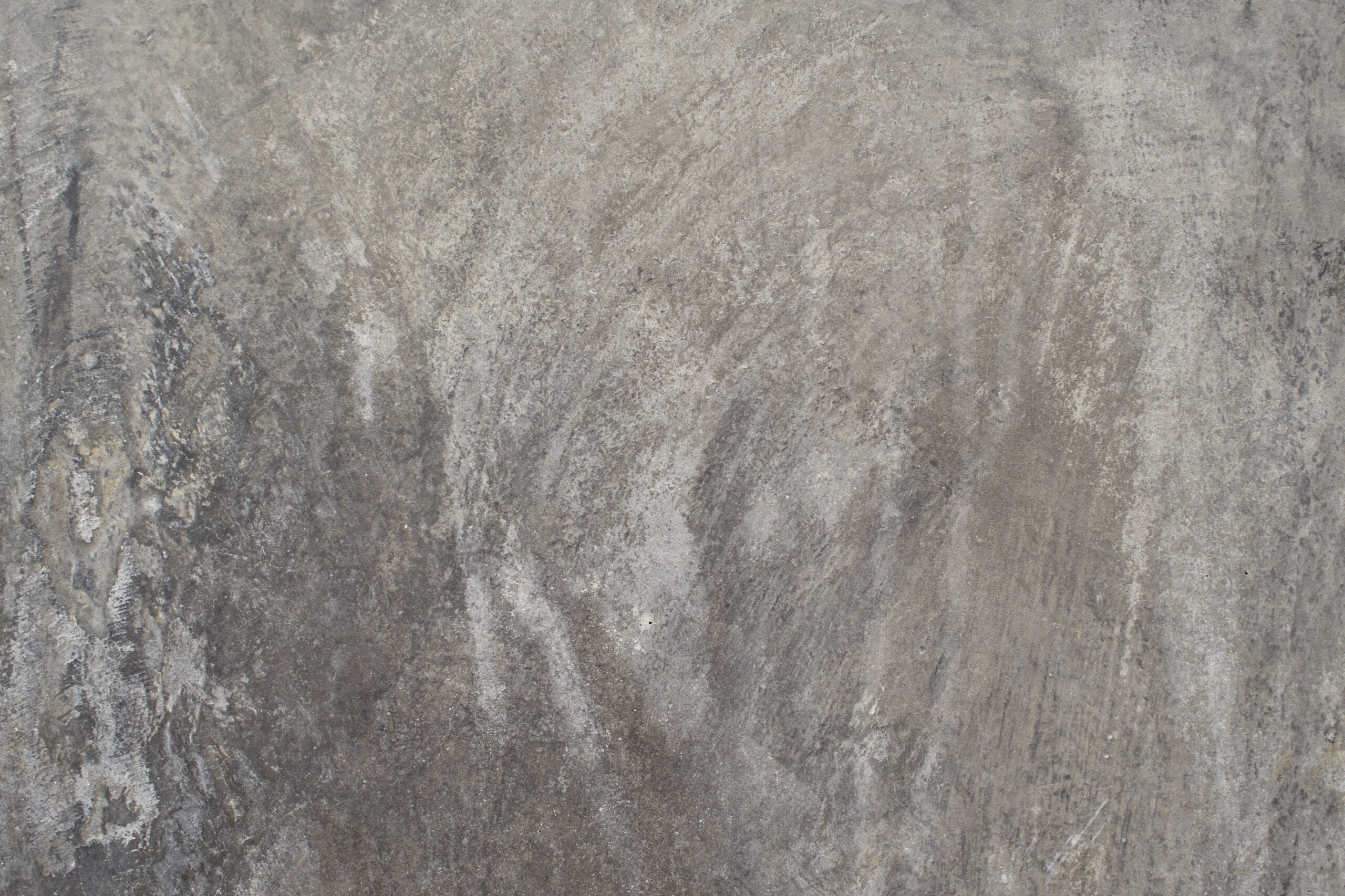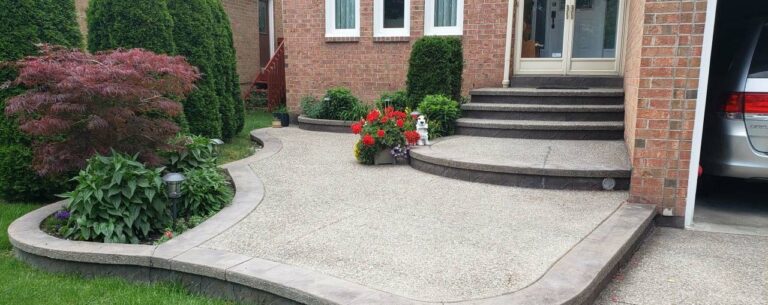Concrete is a popular choice for patios and walkways, but why exactly should you choose it over other materials like stone or brick? In this blog post, we’ll explore the benefits of concrete, how to select the right contractor for your project, design ideas for concrete steps and porches, tips for maintaining your concrete patio or walkway, and common problems with concrete repair and restoration.
Introduction to Concrete Materials for Patios and Walkways
Concrete is a durable and versatile material that can be used for a variety of applications, including patios and walkways. It’s made from a mixture of cement, water, and aggregates (like sand or gravel), which are mixed together and poured into place. Once it sets and cures, concrete becomes a strong and long-lasting surface that can handle heavy foot traffic and weather conditions.

The Benefits of Choosing Concrete for Your Patio or Walkway
There are several reasons why choosing concrete for your patio or walkway is a great idea:
1. Durability – Concrete is known for its strength and longevity. With proper maintenance, a concrete patio or walkway can last for decades without needing replacement.
2. Versatility – Concrete comes in many different styles and colors, so you can customize your patio or walkway to match your home’s exterior and personal style.
3. Cost-effective – While concrete may not be the cheapest option out there, it’s still very affordable compared to other high-end materials like natural stone or pavers.
4. Low-maintenance – Concrete requires little maintenance once it’s installed. Just sweep away dirt and debris regularly, and apply a sealer every few years to protect against stains and damage.
How to Select the Right Contractor for Your Project
Selecting the right contractor for your concrete project is crucial to ensuring a successful outcome. Here are some tips for finding the best contractor for your needs:
1. Look for reviews and recommendations from friends, family, or online resources.
2. Check their credentials and licensing to make sure they’re qualified to do the work.
3. Ask for references and examples of past projects to get an idea of their quality of work.
4. Get multiple quotes from different contractors to compare pricing and services offered.
Design Ideas for Concrete Steps and Porches
If you’re looking for ways to add visual interest to your concrete patio or walkway, consider incorporating decorative concrete steps or a porch. Here are some design ideas to inspire you:
1. Stamped concrete – This technique involves pressing patterns into wet concrete to create a unique look. You can choose from a variety of designs, such as bricks, stones, or abstract patterns.
2. Acid staining – This process uses chemicals to react with the concrete and create color variations. You can achieve everything from subtle earthy tones to bold, vibrant hues.
3. Decorative borders – Adding a border around your concrete patio or walkway can help define the space and add visual appeal. Consider using contrasting colors or textures to create a statement piece.
Tips for Maintaining your Concrete Patio or Walkway
To keep your concrete patio or walkway looking its best, follow these simple maintenance tips:
1. Sweep away dirt and debris regularly to prevent staining and buildup.
2. Apply a sealer every few years to protect against spills, oil stains, and fading.
3. Repair any cracks or damaged areas promptly to prevent further damage and extend the lifespan of your concrete.
Common Problems with Concrete Repair and Restoration
While concrete is a durable material, it’s not immune to damage or wear and tear over time. Some common issues that may arise include cracking, chipping, discoloration, and settling. Here are some tips for addressing these issues:
1. Cracking – Small hairline cracks are normal and usually don’t require repair. However, larger cracks can lead to more serious problems if left untreated. Use a concrete patching compound to fill in large cracks and smooth them out.
2. Chipping – If small pieces of concrete break off, use a hammer and chisel to remove the loose pieces and then patch the area with fresh concrete.
3. Discoloration – Sun exposure, oil spills, and other factors can cause concrete to become discolored over time. Try cleaning the affected area with a pressure washer or muriatic acid before applying a concrete stain or dye to even out the tone.

4. Settling – If your concrete has settled unevenly, you may need to have it lifted and re-levelled by a professional contractor.


